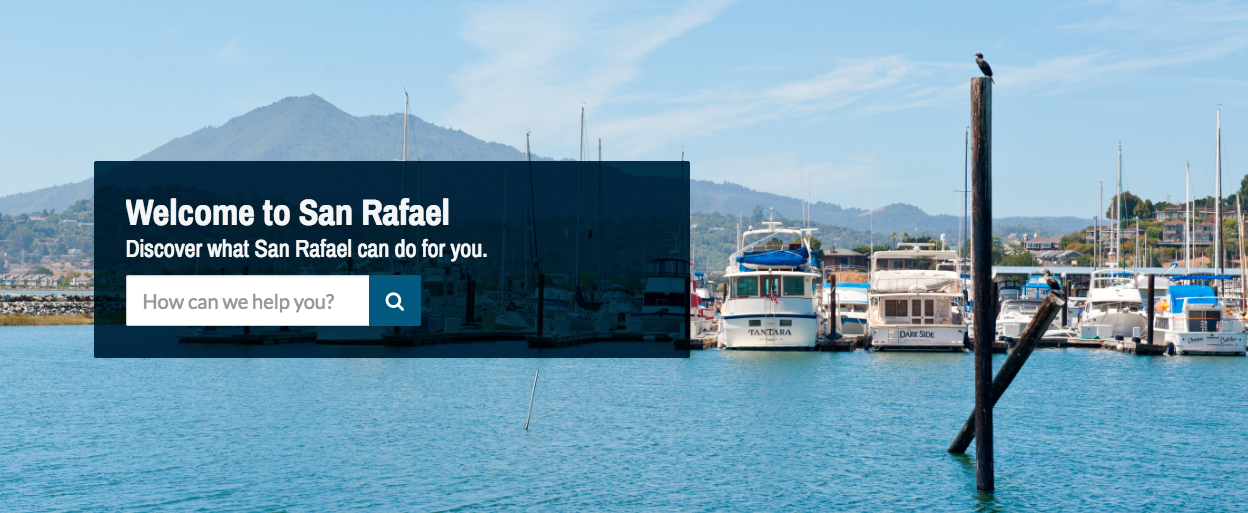After about 70 days of interviewing departments, creating content, uploading files, developing online forms and a whole lot of refining, we launched a beta version of the new San Rafael website.
I’m proud; I’m tired; and we still have a long way to go.
As the project manager, I assembled a team of staff, asking their supervisors for 4-5 hours a week for them to work on the new website. We meet weekly to review what we’ve done, what we’re doing, and where we’re blocked.
Here are my lessons learned:
Embrace the idea of beta and continual iteration
I’ve been pleasantly surprised and impressed that most of the management team has embraced the idea of the beta and understood the iterative nature of the project. We’re not used to putting unfinished products out there for critique. This has encouraged us to try new ways of doing things and test out ideas without it needing to be perfect for prime time.
Assemble the right team
It’s important to identify the right people for a project of this importance.
I selected some folks because of their creativity and ability to think outside the box; some because they are new to the organization and could offer a more outside perspective; some because they are early career and I want to empower them with special project experience; and others because of their past experience building websites.
Managing the work of people who don’t actually report directly to you can have its challenges. Each person brings a different set of skills to the table and it’s important to quickly identify how they will contribute most effectively. Some will be great at developing content, others will have a good mind for architecture, menus, and online form creation.
Buy lunch
Early in the project I made a point of taking each team member out to lunch so I could learn about their aspirations and strengths. This helped me identify their strengths and how they would best contribute and grow through this project.
We also eat lunch together and debrief after each work session which allows for a casual environment to discuss ideas, what’s working and what’s not.
Allow for autonomy and creativity, while controlling for a consistent look, feel and tone
Striking this balance can also be tricky. We need creative thinking and to challenge conventional thinking; yet a website also needs a consistent look, feel and tone.
Aside from a monthly check-in regarding budget and timeline, management has been graciously hands-off and have left us to work our magic. I think this hands-off approach has allowed us to work expeditiously in a creative environment.
Communicate often with your vendor
We have a very open line of communication with our vendors, ProudCity for website and Seneca Systems for constituent relationship management. They are extremely receptive to our feedback and ideas. They help us problem solve and it can sometimes even result in bug fixes and product enhancements.
It also helps when you select vendors that align with your values.
Build momentum and power through
About four weeks into the project, management offered up more resources by approving staff to work overtime if needed and suggesting a weekly half-day work session.
This work session creates more focus (removes the context switching that occurs when working from your desk) and space to work through things together. It allows for collective problem solving, brainstorming, and collaboration.
Oh, and they also asked us to finish the project a month ahead of time. No problem! We got this!
Check out our beta site and leave us some feedback!




Leave a Reply
You must be logged in to post a comment.